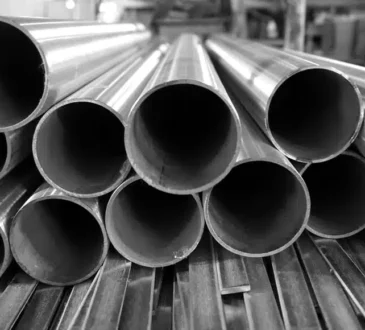
You might think that you’re doing no harm in playing golf at your favourite club, but the truth is that the sport has a large carbon footprint. Not only do tens of thousands of golf balls pollute our rivers and seabeds every year, but golf courses require lots of water, strip the area of natural wildlife, and can lead to corrosion and erosion. Below, we’ve put together some tips on golfing in an environmentally-friendly manner. Consider making these changes.
Golf at an eco-friendly course
Although travelling to golf courses on the other side of the world will ultimately lead to more carbon, if you do happen to live close to an eco-friendly course, consider supporting it. Some are making a real effort to eliminate plastic, preserve wildlife, and give back to their local communities, with Troia Golf in Portugal home to more than 600 species, the Silver Lakes Golf & Wildlife Estate in South Africa installing floating islands to create breeding space for nature, and Arabella Golf Mallorca in Spain using mineralised water fountains. Amazing!
Buy preowned golf equipment
It’s so easy to spend thousands on new golfing supplies like clubs and clothing, only to upgrade a year or two down the line and throw your old gear away. Instead, consider giving back to both the planet and your wallet by purchasing preowned golf equipment instead. At Auchterlonies, for example, golf shops in St Andrews Scotland, golfers can choose from dozens of preowned, approved clubs and accessories, extending the life of those products and ensuring less waste goes to landfill. It’s also much cheaper than buying brand new, too!
Buy bamboo golf tees
Consider replacing your plastic golf tees with bamboo alternatives, which are biodegradable and can be recycled or reused dozens of times. One of the reasons why bamboo is so popular is because it can grow very quickly, making it much more favourable over plastic.
Biodegradable golf balls
Golf balls are without doubt one of the industry’s biggest challenges, with more than 300,000 lost in the United States alone each year. They take on average between 100 and 1,000 years to decompose in a landfill, which represents a significant risk to the planet. It’s great to see some businesses collecting old golf balls and reselling them to consumers, but the truth is that they’re still not good enough. Biodegradable golf balls have now entered the market, and whilst they’re more expensive than their plastic counterparts, they prevent microplastics from entering our oceans, dissolving into lakes and oceans without harmful chemicals.
Travel less
We know that travelling is a big part of the golfing community, and being able to experience different courses on the other side of the world can be great fun. But taking some time to reassess your current travel habits can help you to cut back on your carbon footprint. For instance, do you really need to visit a course 5,000 miles away when you could simply head to your next town or state to experience something different? Make a conscious effort to travel less and, when you do, consider carbon offsetting to reduce your personal impact.
Stay tuned for more tips on leading an eco-friendly lifestyle, right here on the blog.




